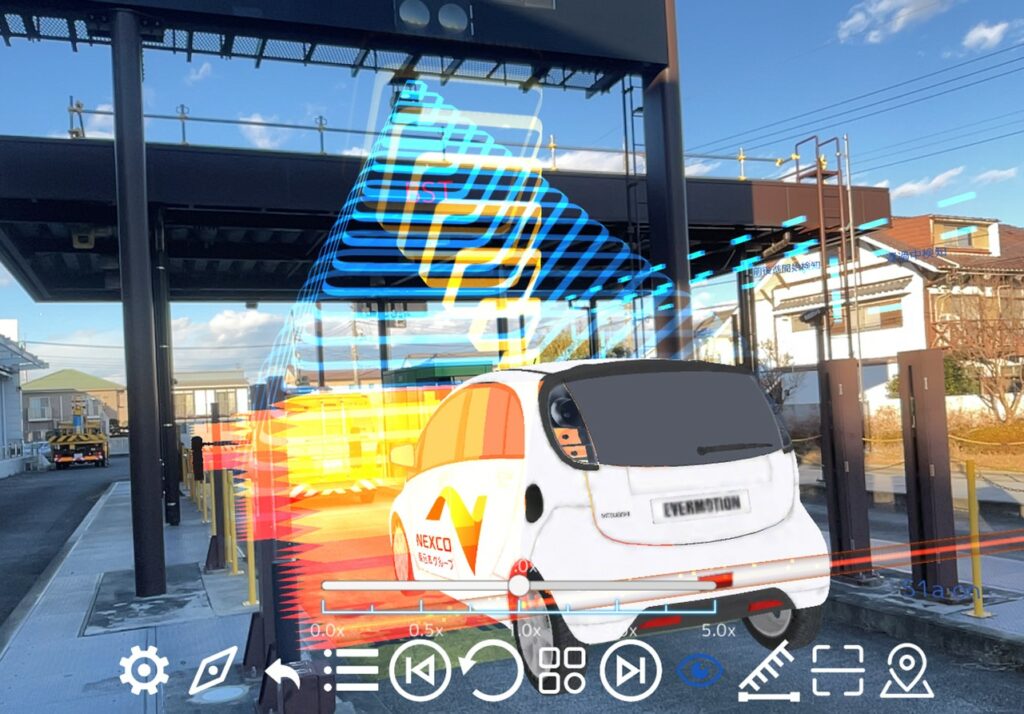An education and training tool utilizing MR and Digital Twins to improve engineer skills to ensure expressway safety

Supporting Nexco-East Engineering in developing a cutting-edge training app to address the challenges of the vast expressway network, achieving efficient training and ensuring engineers can excel in their roles with the needed expertise.